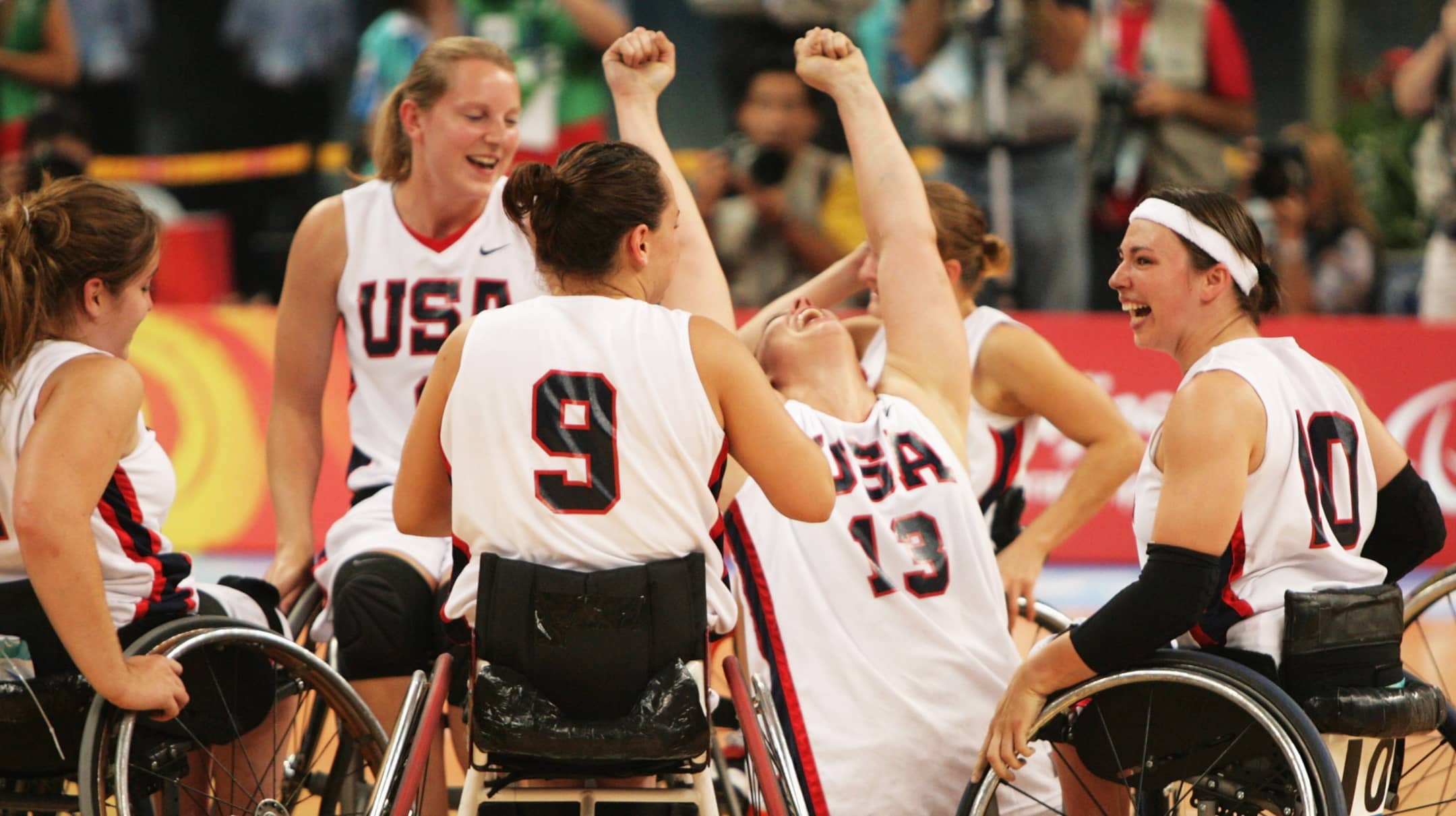Credit: Adam Pretty/Getty Images
Women athletes have come a long way since the 1900 Paris Olympics where they were first allowed to compete on the world’s greatest sport stage, accounting for only 2.2% of all competitors. This summer in the same city, women athletes are expected to have the equal number of participants as the men. The 50:50 split means that this is the first-ever Olympics in history to reach gender parity.
Reaching this significant milestone is no small feat and it has taken investment at all levels of the sports ecosystem to achieve.
Tuning into the Games and seeing women fiercely compete for podium positions is witnessing the impact of Title IX play out in live action. It is no surprise that since the landmark law’s passage in 1972, we have seen women’s participation at the Games grow steadily, as generations of athletes continue to benefit from its 37 words that changed the trajectory of women’s sports across the globe.
How Title IX helps move Olympics toward equality
Our research has shown that 1,000 athletes (women and men) from over 100 countries who competed in the 2020 Tokyo Games attended American colleges and universities. The same research also found that Canada’s entire women’s soccer roster that competed in the last Summer Games, had attended American institutions.
Title IX’s impact on the Olympics has moved the needle forward on parity, and a few strategic moves by the International Olympic Committee are also helping close the gender gap. In 2018, the IOC approved a Gender Equality Review Project that specifically called out the need to work with International Sports Federations to reach 50% women athlete participation, which was a goal echoed in the Olympic Agenda 2020+5.
We were delighted to see these moves because setting goals allows governing bodies to pave a pathway to progress for girls and women in sport.
Let us be clear, the 2024 Summer Olympics reaching gender parity will be an extraordinary accomplishment, but it should not overshadow the persistent inequities still at play for women throughout the Games, particularly for para-athletes and coaches.
Inequality remains in Paralympics and coaching roles in general
Though there have been notable strides towards parity in the Paralympics, women athletes continuously lag behind their Olympic counterparts. During the 2020 Tokyo Games, women athlete participation in the Paralympics compared to men hovered around 42%, while women in the Olympics neared 48%.
It is disappointing that 4 years later, women athlete participation in the Paralympics is expected to remain stagnant. Unlike the IOC, the International Paralympic Committee (IPC) has not set clear goals on how to achieve equality among athletes and its program overview for Paris shows that women athlete participation will stay put at 42%.
The importance of investing in and actively promoting women athletes with disabilities is critical and cannot be overstated. Staggering data from our report, “50 Years of Title IX: We’re Not Done Yet,” shows that 90% of women with disabilities are not active in sport, and boys with disabilities consistently participate in sport at higher rates than girls with disabilities. Observing women athletes play, compete and thrive on a global platform, like the Paralympics, can help encourage girls and women with disabilities to come off the sidelines and experience the life-long benefits of sport participation.
Further, the state of play for women in coaching roles throughout the Olympics and Paralympics is woefully lagging. In Tokyo, only 13% of coaches were women; and as for the U.S. roster, the percentage is only slightly higher at 21.1%. Of the five Paralympic team sports in which the U.S. women competed, all five were coached by men.
This trend mirrors what is being seen throughout collegiate sports where there has been a drastic decline of women in head coaching roles – an unfortunate trend following the passage of Title IX as men saw the profitability of coaching women’s sports and over time secured the majority of coaching positions. Growing the pipeline for women coaches at all levels is vital to ensuring that women make it onto the Games’ coaching rosters. Our past research has illuminated that gender bias is a systemic issue in collegiate women’s sports and among collegiate women coaches, 80% believe it is easier for men to secure high level coaching jobs, salary increases and multi-year contracts.
Sport is one of the most powerful ways to advance women in society because girls who play go on to become women who lead.
It is estimated to take over a century for women to achieve equality with men. But we can help speed up the clock by addressing the inequities on the field of play, in the front office and beyond, and find tangible ways to invest in the ever-evolving world of women’s sports.
Invest today by making a donation in honor of the:
- WSF Travel & Training Fund or Scout Bassett Grant, both of which are providing much needed financial support to women athletes and teams vying to compete at the elite level.
- Tara VanDerveer Fund for the Advancement of Women in Coaching or the Scout Pioli & Family Fund for Women Football Coaches and Scouts, both of which are growing and supporting a coaching pipeline for women across the sports ecosystem.
**The majority of this text first appeared in an opinion article authored by WSF CEO, Danette Leighton and WSF President, Scout Bassett, published in USA Today.**



